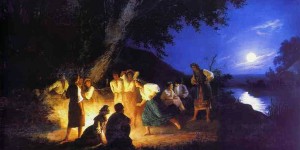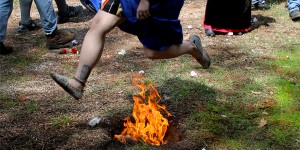For those of us who follow the CUSP (Climbing Up the Spiral Pathway) spiritual tradition, Harvest is a time of reward and celebration when all of…
Of all of the holidays, it can be argued that most cultures at some time or another celebrated Midsummer. The Sun reigns at its full power…
The word “Beltane” comes from the Irish Gaelic word “Bealtaine” and in the Common Celtic language means “bright fire.” “Bel,” the root word, comes from…
Pagans are big on history and gleaning the ancient origins and practices of our holidays is akin to sifting through piles of sand to find…




